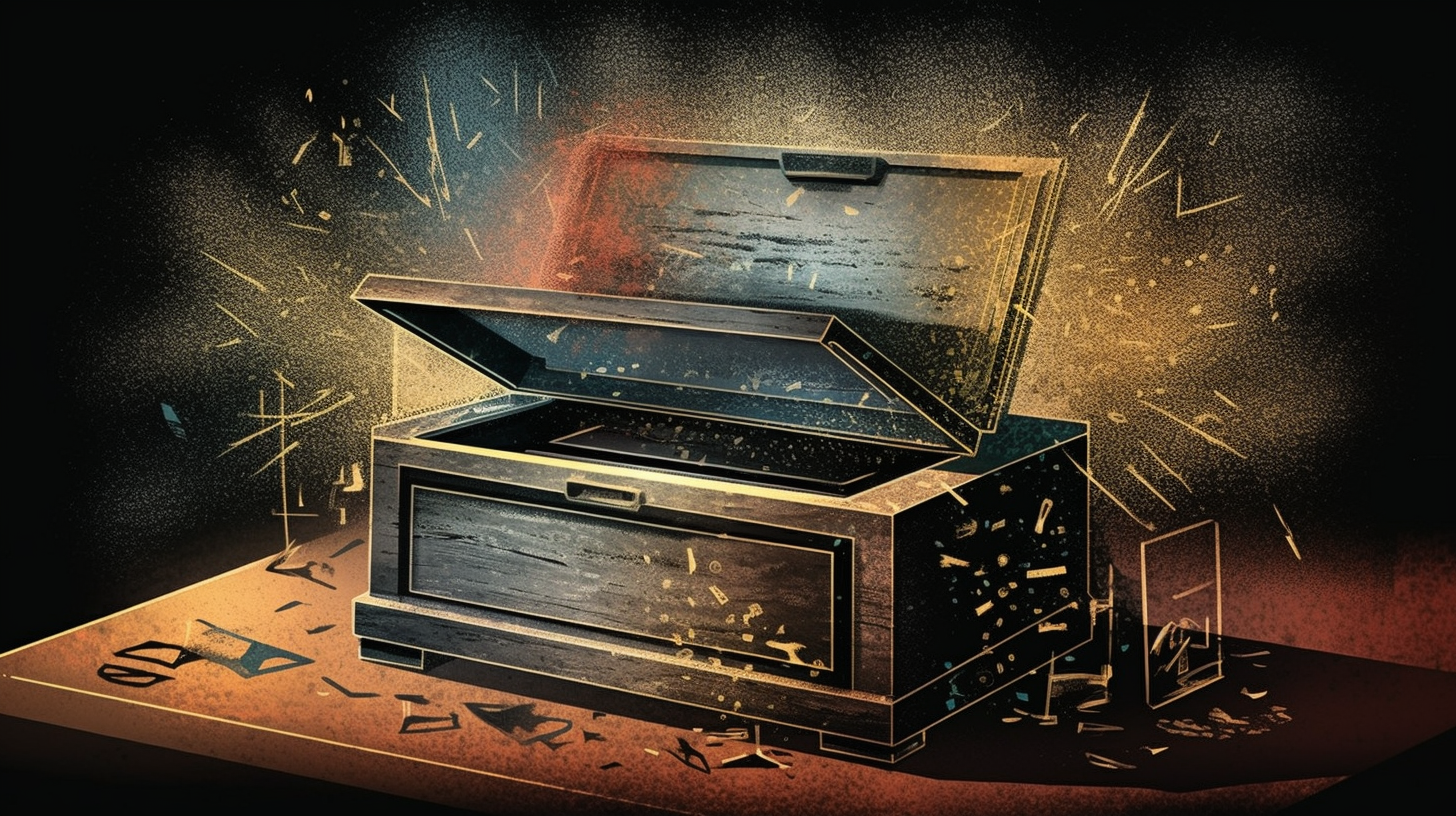Unraveling the Mysteries of Printer Troubleshooting: A Comprehensive Guide

Let's delve into the nitty-gritty world of printer troubleshooting, a crucial topic on the CompTIA A+ Core 1 (220-1101) exam. Think of it as solving a jigsaw puzzle. It may initially appear complicated, but as we delve deeper, we find each piece of the puzzle fitting snugly into its respective place.
To start with, we pinpoint the problem when troubleshooting a printer issue. Are we dealing with the dreaded paper jam? Perhaps the printer is yelling about some mysterious ink cartridge issue? Or, heavens forbid, is the printer steadfastly refusing to talk to the computer? Once we've pinpointed the stumbling block, we're halfway to blowing this problem out of the water.
Bear in mind that the beast we're striving to tame is a complex machine, and each issue demands a specific remedy. Let's tackle them one by one, akin to scaling a mountain rather than dashing for the summit in one go.
Paper Jams: A Sticky Wicket
Paper jams could make anyone break into a cold sweat. But fret not, we've got it under control. A paper jam often arises due to filler materials (like dust particles) that have gatecrashed the printer or when the paper isn't aligned properly in the tray. The remedy? A good clean and making sure we are loading the paper correctly can work wonders.
Communication Breakdown: When Printers and Computers Don't See Eye-to-Eye
Sometimes printers and computers, much like cats and dogs, refuse to get along. This could be due to outdated drivers, incorrect settings, or connectivity issues. The fix? We need to update the drivers, tweak the settings, or troubleshoot the connection, whether it's USB, wired or wireless. This comes across as a walk in the park, doesn't it?
Printing Quality Woes: When Prints Don't Live Up to Your Expectations
At times, prints might come out too light, too dark, or streaky. This often happens when there's a problem with the ink or toner cartridge or the printer's calibration. The trick to get back to high-quality printing is often as simple as replacing the ink or toner cartridge or recalibrating the printer.
Now, for the more academic portion. Understanding the technical structure of a printer is integral to troubleshooting and resolving its issues. This knowledge includes the various components, their functions, and how they interact. Among these are the input tray (which holds the paper), the print head (which applies ink to the paper), and the output tray (where our final product, the printed paper, emerges). The role of the printer driver software must not be glossed over either; it acts as the interpreter, taking commands from the computer and translating them into actions for the printer.
Let's take a statistical detour. According to a survey conducted by Ipsos, a whopping 75% of small businesses face issues with printers that lead to productivity loss. This goes to show the importance and need for professionals skilled in troubleshooting and resolving printer issues. Having such expertise not only lands you in the good books of local businesses but also opens opportunities for you to work in managed print service firms, which are expected to grow globally at a CAGR of 8.52% between 2021 and 2026 according to Mordor Intelligence.
So, that gives you the whole picture! A comprehensive guide to the baffling world of printer troubleshooting. It might seem like a tall order at first, but walk this road and soon you'll find yourself a master navigator, capable of steering clear of any printer issue that comes your way. After all, practice makes perfect! And remember, the journey might be half the fun, but the end goal is worth it - passing that CompTIA A+ Core 1 (220-1101) exam and enhancing your IT credentials.